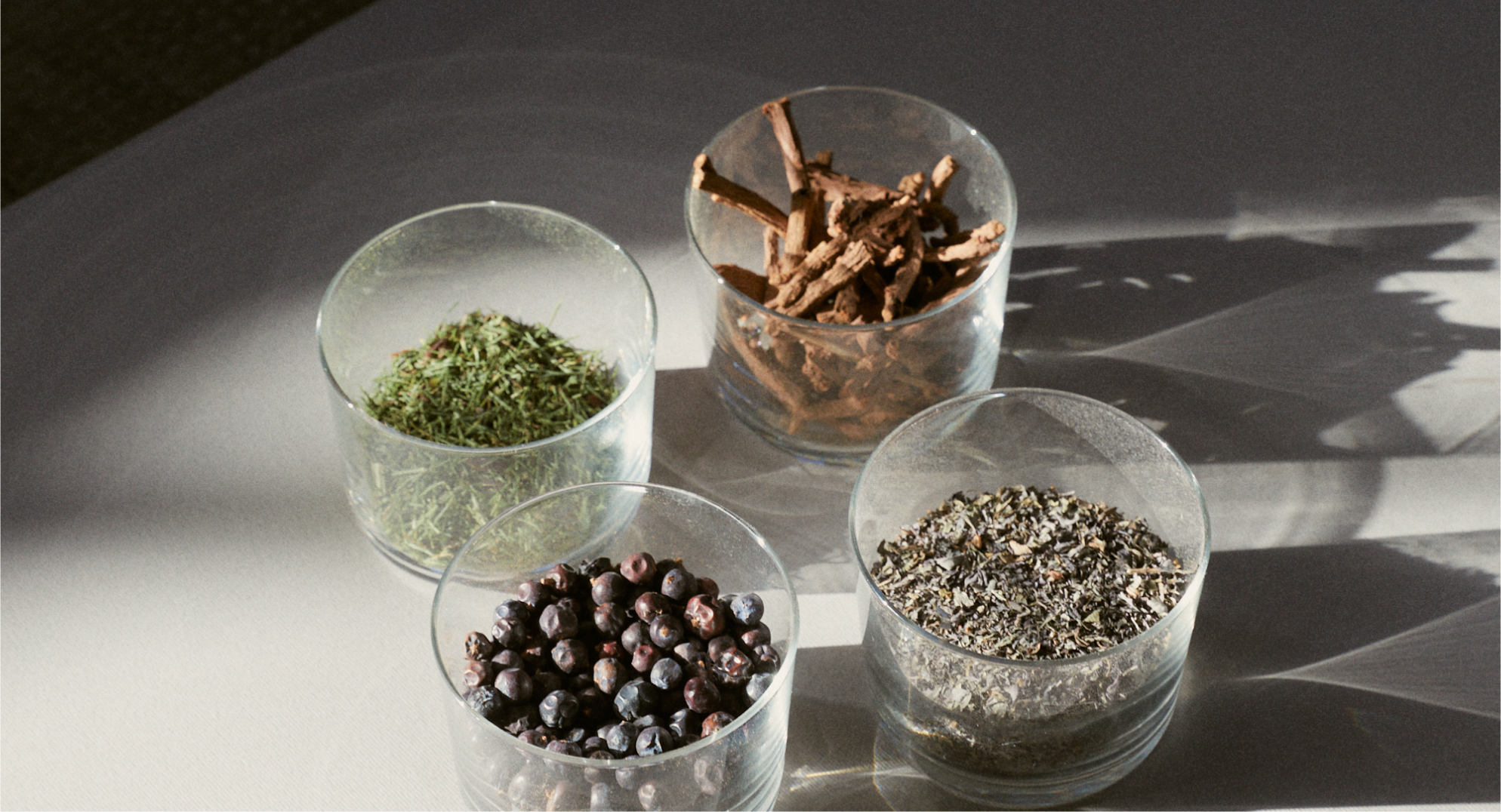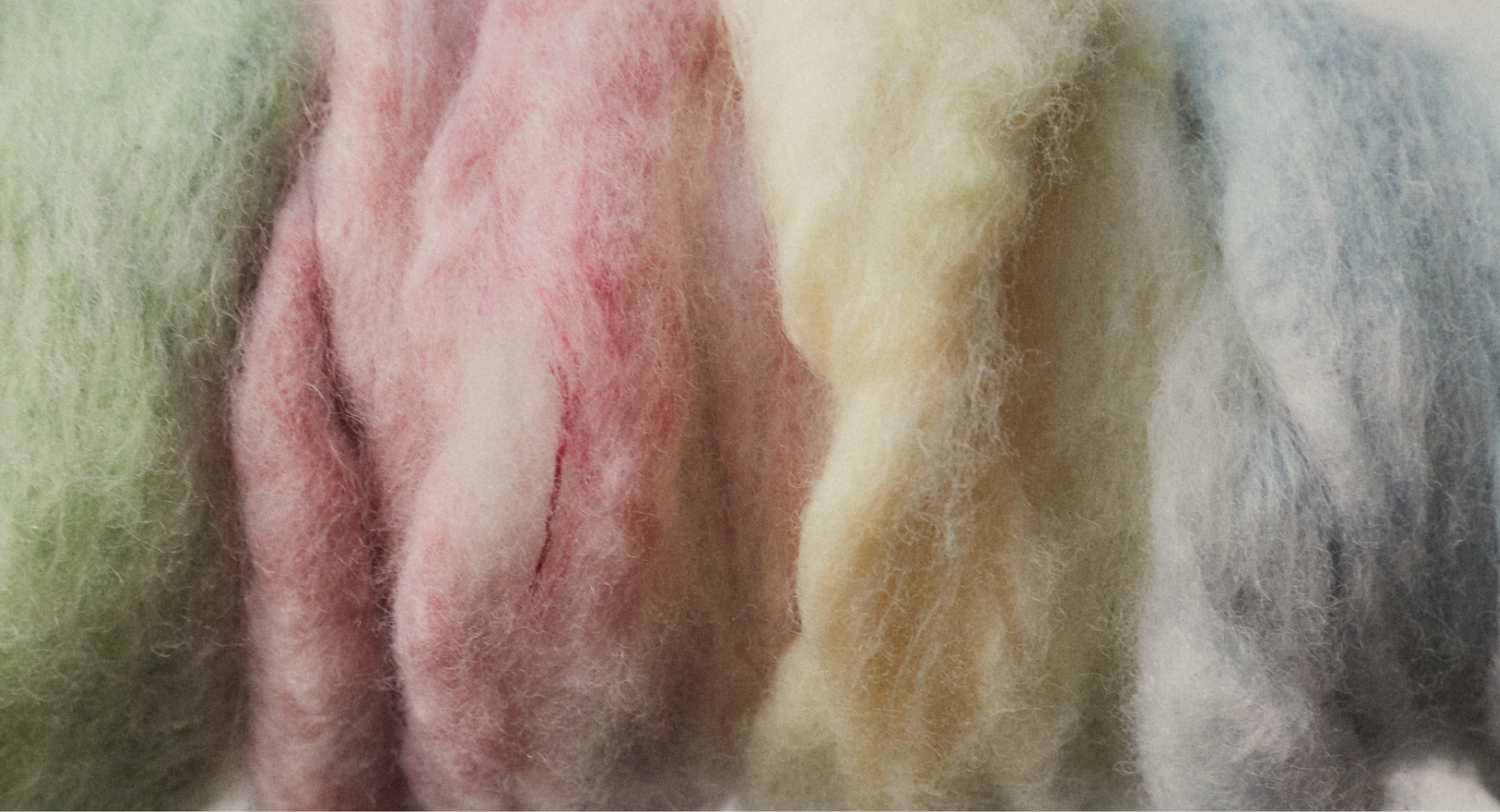Natural dyes can have various origins: plant-based, animal-based, mineral-based, and some can even be derived from fungi, bacteria, lichens, or food waste. Ours are of plant origin – they come from leaves, berries, and roots that give delicate shades to the yarn. Since dyeing is one of the most polluting stages in garment production, being responsible for about 20% of global clean water pollution, natural dyes represent a responsible choice for the planet thanks to their renewability and reduced toxicity for the environment. It is an ancient tradition that we have rediscovered in our commitment to finding more sustainable alternatives.
Evidence of natural dyeing dates back more than 5000 years ago in China, where plants, barks, and insects were used for dyeing. Dyeing processes vary and differ in each culture, but they have never changed in essence: typically, the chosen dye material is heated in water to extract pigments. Throughout history, the most well-known natural dyes have been indigo, from which a wide range of blue shades is obtained, the precious purple extracted from mollusks, and madder red, obtained from the roots of the Rubia Tinctorum plant.
The first aspect concerns the renewability of dye plants. Being found in nature, plants used for natural dyes are completely renewable sources of color and independent of fossil fuels, which instead cause CO2 emissions and deplete the planet's resources.
A second aspect concerns the reduced impact of waste from an all-natural dyeing process on the environment. Being biodegradable, they can be used as fertilizer for agriculture or as biomass for energy production, making the process circular.
Finally, a naturally dyed garment also brings direct benefits to the wearer, being particularly safe for the skin. Naturally dyed fibers have notable beneficial properties such as UV absorption, antibacterial properties, and deodorizing properties.
Sources:
European Parliament, The impact of textile production and waste on the environment
The National Library of Medicine, A recent (2009–2021) perspective on sustainable color and textile coloration using natural plant resources
To dye our pieces more responsibly, we have chosen an entirely natural dye that uses only plant-based colorants, without extracts or additives. The four colors obtained are green from the horsetail plant, ecru from juniper berries, blue from indigo leaves, and red from madder roots. These plants give delicate yet solid shades to our Extrafine Merino Wool yarn, crafted to create our iconic crewnecks and polo shirts.










